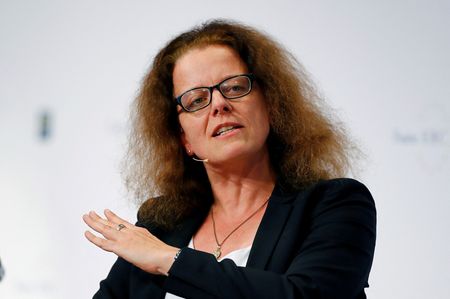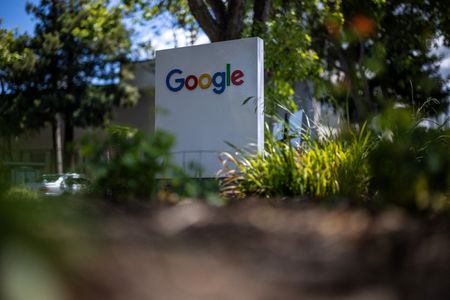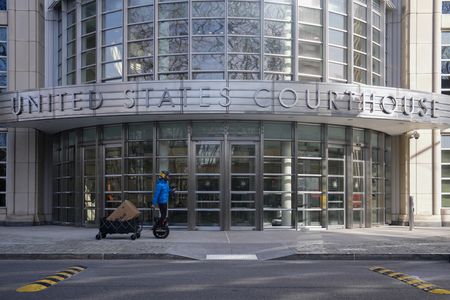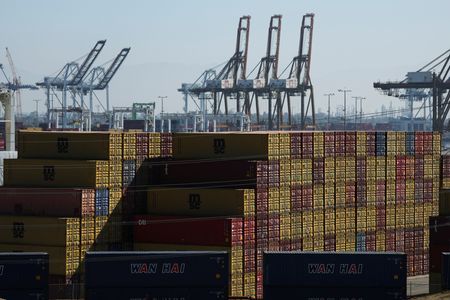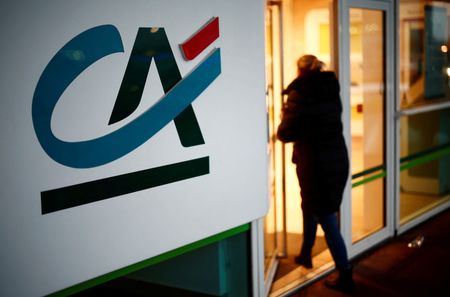FRANKFURT (Reuters) -The hurdle for another interest rate cut by the European Central Bank is “very high” as the euro zone economy is holding up better than expected despite uncertainty over trade, ECB board member Isabel Schnabel said in an interview published on Friday.
Having halved its policy rate in just a year, the ECB has signalled it will now stay put and see how the economy copes with a simmering global trade war stoked by U.S. President Donald Trump.
Schnabel expressed a clear preference for keeping rates steady as inflation was moored at ECB’s 2% target, the euro zone economy was proving resilient and more government spending in Germany was brightening the outlook.
“Inflation is projected to be at 2% and inflation expectations are well anchored,” Schnabel told financial newswire Econostream. “In view of this, our interest rates are also in a good place, and the bar for another rate cut is very high.”
The ECB cut its policy rate to 2% last month – a level that Schnabel said was “becoming accommodative”. The ECB’s official range for the neutral rate, which is neither accommodative nor restrictive, is 1.75% to 2.25%.
She said she would only back a cut if she saw “signs of a material deviation of inflation” from 2% and spoke against “fine-tuning” the rate in response to data such as swings in oil prices.
The ECB’s chief economist Philip Lane also said recently that the central bank would react to “material” changes in the euro zone’s inflation outlook and ignore “tiny” ones.
Striking a different tone to some of her colleagues, Schnabel played down recent strength in the euro’s exchange rate, saying its “pass-through” to inflation would be limited and it reflected an improved economic outlook.
“It seems that the uncertainty is weighing less on economic activity than we thought, and on top of that, we’re expecting a large fiscal impulse that will further support the economy,” she said. “So overall, the risks to the growth outlook in the euro area are now more balanced.”
She argued tariffs would prove inflationary over the medium term because of higher costs and less efficient supply chains, “which are not included in our standard projection models”.
(Reporting by Francesco Canepa. Editing by Alison Williams and Mark Potter)

